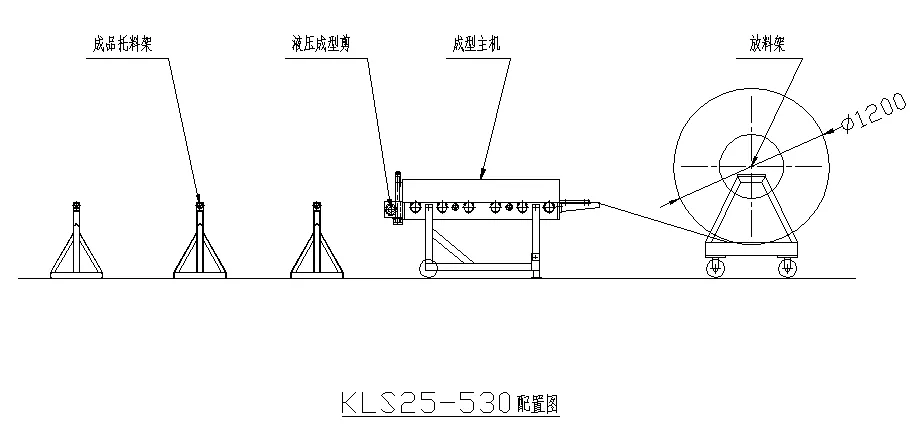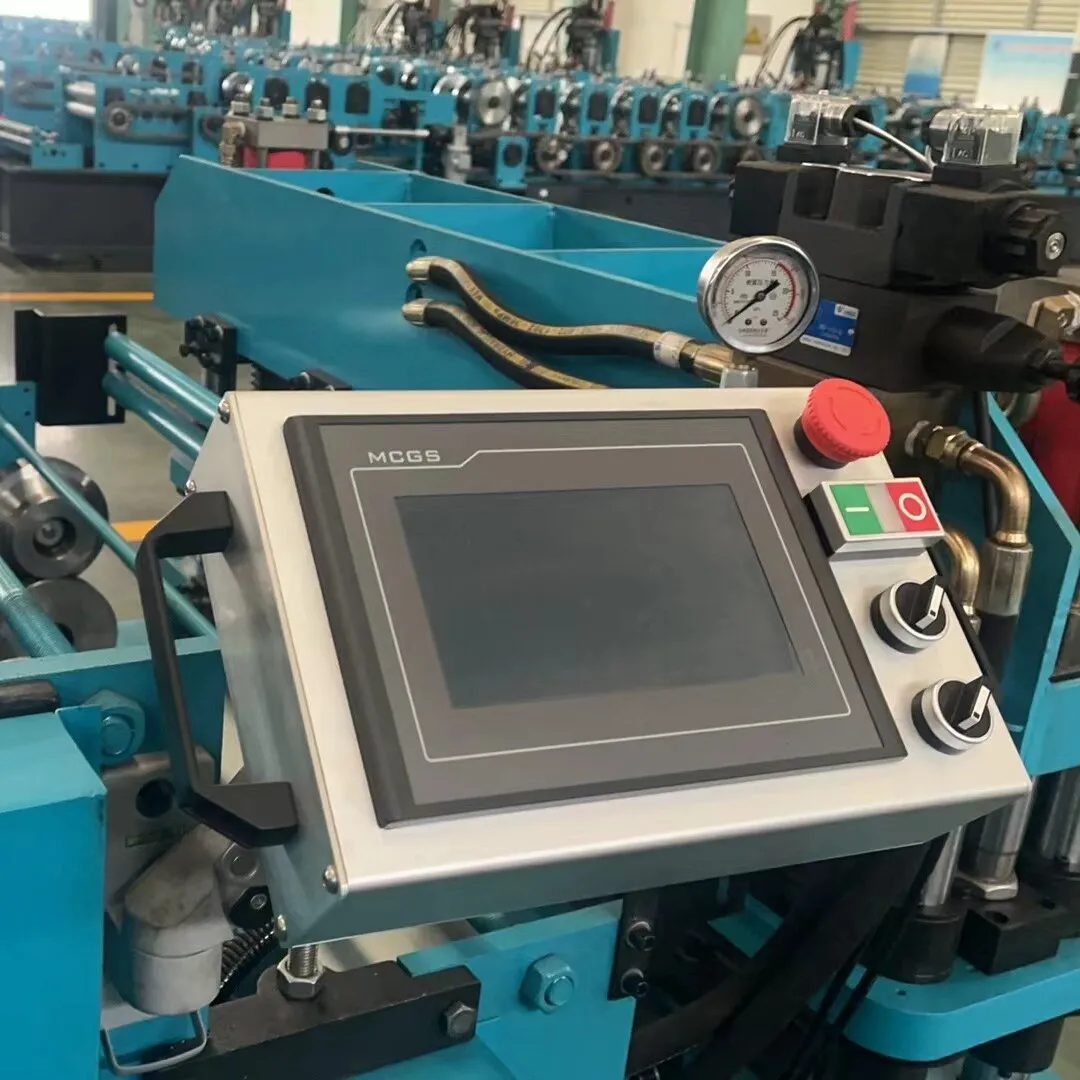Purlin Rolling Machine High-Precision Z/C Purlin Forming Solutions
- Introduction to Structural Efficiency in Modern Construction
- Technological Advancements Driving Equipment Performance
- Comparative Analysis of Leading Manufacturing Solutions
- Tailored Production Systems for Diverse Applications
- Operational Metrics in Real-World Scenarios
- Material Compatibility and Precision Standards
- Sustainable Manufacturing with Advanced Purlin Machinery

(purlin rolling machine)
Enhancing Construction Efficiency with Purlin Rolling Machine Innovation
Modern steel framing systems rely on purlin rolling machine
s to produce load-bearing components with ±0.2mm dimensional accuracy. Industry data reveals a 27% annual growth in demand for automated C/Z profile fabrication equipment since 2020, driven by warehouse construction projects requiring 18-24 gauge steel components. These systems now integrate IoT-enabled monitoring, reducing material waste by 14% compared to conventional roll forming methods.
Engineering Breakthroughs in Metal Forming
Third-generation servo-electric models achieve 12-meter/minute production speeds while maintaining 0.15mm/m linear tolerance. Dual-stage gear reduction systems enable force outputs up to 980kN, suitable for processing high-tensile steel (550MPa yield strength). Advanced models feature:
- Automatic tooling change systems (90-second setup)
- Laser-guided alignment technology
- Energy recovery modules reducing power consumption by 22%
Market-Leading Equipment Specifications
| Manufacturer | Production Rate | Material Thickness | Tolerance | Price Range |
|---|---|---|---|---|
| Model X-Pro | 15m/min | 1.2-6mm | ±0.18mm | $148,000 |
| Z-Master Ultra | 12m/min | 0.8-4mm | ±0.25mm | $112,500 |
Custom Configuration Capabilities
Leading c purlin machine manufacturers now offer modular designs accommodating 80+ profile variations. A recent automotive plant project utilized adjustable flange widths (50-300mm) and web heights (100-500mm) to produce 18 different support structures from single equipment. Quick-change tooling packages enable profile transitions in under 3 minutes, maximizing production line flexibility.
Performance Validation Through Case Studies
A 2023 infrastructure development in Texas demonstrated 34% faster project completion using high-speed purlin machines versus traditional methods. Key metrics from the 18-month project:
- Total output: 8,200 metric tons of cold-formed sections
- Dimensional consistency: 99.2% within ASTM A1003 specs
- Labor efficiency: 1.2 crew-hours/ton produced
Precision Engineering for Diverse Materials
Contemporary systems process galvanized steel, aluminum alloys (3000/5000 series), and stainless steel (304/316 grades) with equal precision. Temperature-compensated roll tooling maintains ±0.3°C thermal stability during continuous operation, critical when working with materials exhibiting 11.5-23.6 μm/m·°C expansion coefficients.
Future-Ready Purlin Rolling Machine Solutions
The latest z purlin making machine iterations incorporate predictive maintenance algorithms that analyze 120+ operational parameters, achieving 92% mean time between failures (MTBF). Environmentally conscious designs now feature 95% recyclable components and oil-free operation, meeting ISO 14001 compliance standards for sustainable manufacturing practices.

(purlin rolling machine)
FAQS on purlin rolling machine
Q: What is a purlin rolling machine used for?
A: A purlin rolling machine is designed to fabricate metal purlins, which are structural components used to support roofing and cladding. It shapes steel coils into C or Z profiles through a series of rollers. These machines ensure high precision and efficiency in construction material production.
Q: What distinguishes a Z purlin making machine from a C purlin machine?
A: A Z purlin making machine creates Z-shaped profiles with angled flanges for enhanced load-bearing capacity, ideal for large-span structures. A C purlin machine produces C-shaped profiles with straight flanges, commonly used in smaller-scale projects. The choice depends on structural requirements and design specifications.
Q: How to choose reliable C purlin machine manufacturers?
A: Prioritize manufacturers with proven expertise, certifications (e.g., ISO), and after-sales support. Review client testimonials and inspect machine durability, automation levels, and customization options. Ensure they offer technical training and warranty coverage.
Q: What maintenance does a purlin rolling machine require?
A: Regularly clean rollers and lubricate moving parts to prevent wear. Inspect hydraulic systems and electrical components for leaks or faults. Schedule professional servicing annually to maintain accuracy and prolong machine lifespan.
Q: Can purlin machines handle different material thicknesses?
A: Yes, most modern purlin rolling machines adjust to process materials ranging from 1.5mm to 4mm thickness. Capacity depends on motor power and roller design. Always verify the machine’s specifications with the manufacturer for your material requirements.
